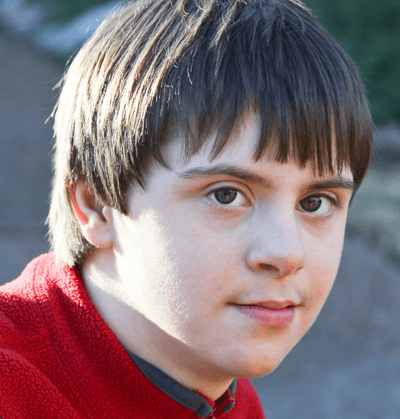Autism Speaks just announced their top 10 research events
for 2007. Confirming the Functional Underconnectivity theory of
autism is one of those, link and article below.
The idea is that neural links are weak as seen on the EEG. What I
explain to parents on my neurofeedback screen are the numbers
indicating that the brain is everywhere shouting but no one is listening.
I just went to a conference and purchased equipment for coherence and
connectivity brain training. The idea starts with a data base of
optimal EEG values at the 19 standard site on the scalp. The
neurofeedback training aims the client toward those values.
The procedure is to watch any DVD. When a high percentage of EEG
variables are within norm the movie plays a full volume and contrast;
when too many value fall outside the norm, the movie dims and the
volume goes down some. The brain figures out how to keep the movie
playing well by self-modulating the 248 EEG variables 256 times a
second. There is a natural preference to see and hear the DVD fully,
advice or encouragement are not helpful in this process.
This z-score system is unique in that it has 4 active leads on the
scalp. This permits training on 6 pairs of sites at a time. (4 from
the rectangle and 2 diagonal). What I typically see in autism is
hypo-coherence, too little intercommunication between parts of the
brain and the neurofeedback training resolving this issue with a
reduction in symptoms.
Gary Ames, Licensed Psychologist
28 Rock Hill Road, Bala Cynwyd, PA 19004
610.668-3223 phone
www.AlertFocus.com
http://www.autismspeaks.org/science/science_news/top_ten_autism_research_events_
2007_functional_underconnectivity.php
Functional Underconnectivity
Electrophysiological studies provide direct support of the “functional
underconnectivity” theory of autism
Studies from several labs in the past few years have hinted that the
deficits in autism may not be found in any single structure of the
brain, but rather in wiring of the neural networks that connect the
different parts of our brain together. This has lead to a theory of
autism called “functional underconnectivity,” which hypothesizes that
brain regions are not properly linked to each other, causing them to
be functionally out-of-synch.
Scientists managed to directly test this hypothesis in 2007 by
recording in real time the electrical signals that travel from one
part of the brain to another. University of Washington researchers
were the first to use a technique called “EEG coherence” to
demonstrate underconnectivity in the brains of individuals with
autism, finding that brain regions that were far apart did not “talk”
to each other as typical. A collaborative team from the University of
Colorado and the University of California at Davis also listened in on
the brain activity of individuals with autism using a second technique
called “MEG.” It appeared as if the brain regions that should normally
be synchronized with each other were not, and that the front of the
brain may be especially disconnected with other brain regions.
Our most complex cognitive and executive functions, such as
perception, attention, and learning and memory, require the
coordinated function of brain activity. In order to conceive targeted
therapies that overcome deficits in these areas, we need to first
understand the biological problems that are generating them. These
studies added critical evidence that communication problems between
regions of the brain may be central to the impairments in autism, and
could be directing us toward the ultimate design of strategies to
re-synchronize brain activity.
